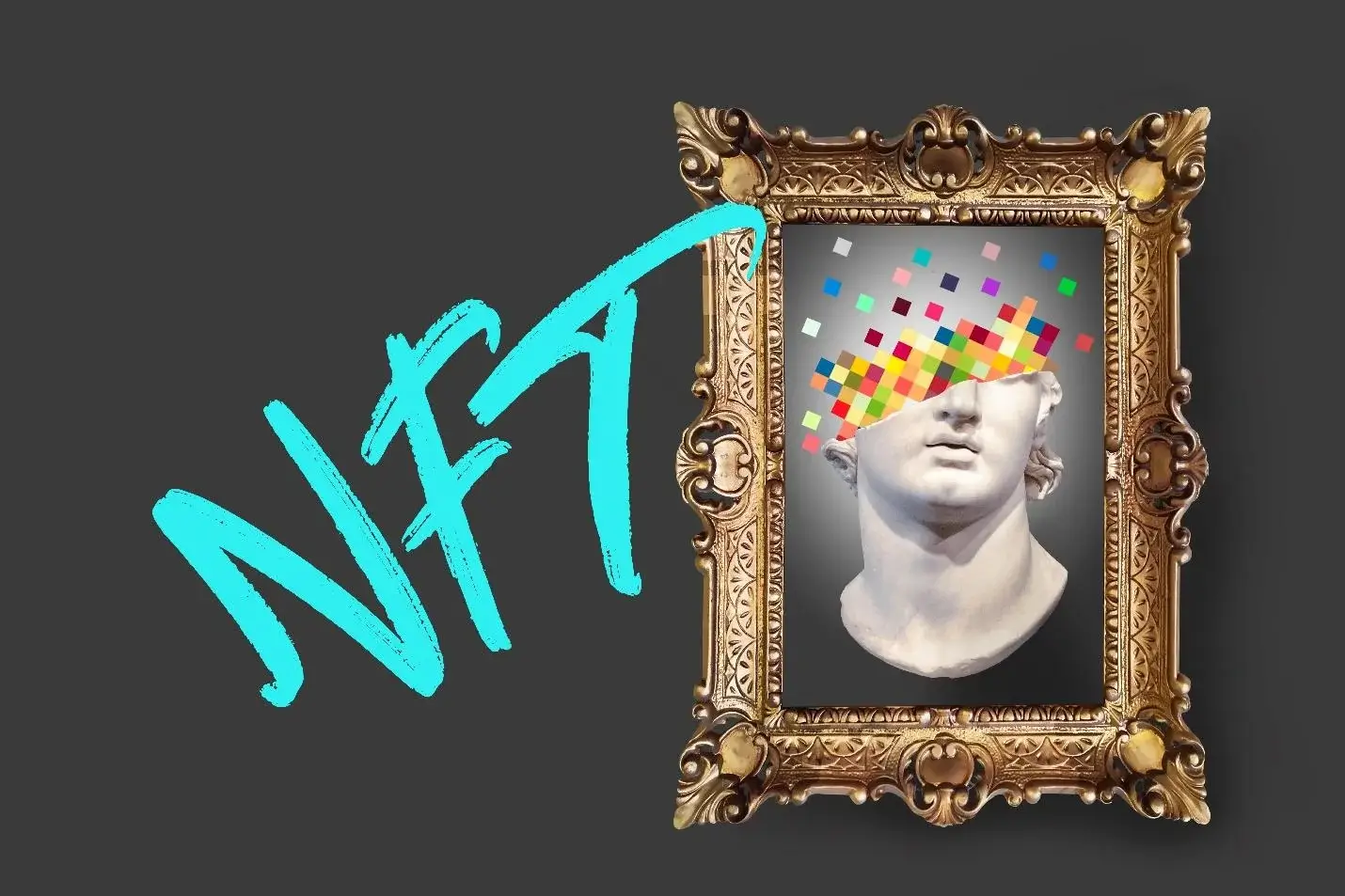
NFTs, or non-fungible tokens, are typically linked to Ethereum and Solana in people’s minds. However, it’s worth noting that Bitcoin actually dabbled with NFTs before these networks gained popularity, back when the term wasn’t even coined yet. Although those early attempts could be considered experiments, Bitcoin has since undergone numerous enhancements, leading to the development of Ordinals.
Bitcoin Ordinals can be thought of as the Bitcoin version of NFTs, made feasible through the use of Satoshis. In this piece, we’ll explore the fascinating realm of Ordinals. Let’s get started.
Analyzing the Ordinals
Ordinals represent Bitcoin NFTs and are one of the most important developments in the web3 landscape so far. Ordinals were launched on 20 January 2023 by Casey Rodarmor to offer the possibility to people to create NFTs on Bitcoin. Although the concept of non-fungible tokens on the Bitcoin platform is not something new, as previously Bitcoin used layer-2 networks to be able to develop Bitcoin-based NFTs, this time, the ordinals are created directly on Bitcoin.
Starting from their introduction, more than 200,000 Ordinal NFTs have been created on the Bitcoin network by various developers, users, and crypto enthusiasts, drawn in by the exciting potential of this new technology. Ordinals are unique Bitcoin NFTs that attach data – such as images or videos – to a specific Satoshi, which is the smallest unit of a bitcoin. The ordinal theory, a logical system for ordering these Satoshis uniquely, enables the functionality of Ordinals directly on Bitcoin without the need for additional layers or major protocol modifications. For those interested in investing in Bitcoin NFTs, the Ordinals Marketplace on Magic Eden is an ideal platform, offering a wide range of digital assets and a user-friendly interface.
The evolution of the Bitcoin NFTs
An intriguing concept behind Ordinals didn’t materialize out of thin air; rather, it evolved through a series of trials. For instance, in 2012, Meni Rosenfeld, then-president of the Israeli Bitcoin Association, published a whitepaper proposing colored coins. In this proposal, he envisioned making certain parts of Bitcoin unique by color-coding them for easy identification and tracking origin. This colored Bitcoin could subsequently be employed for commodity certificates, alternative currencies, and other significant applications. Although Rosenfeld’s idea didn’t result in the creation of Ordinals, it set the stage for further exploration.
Around two years after the creation of Bitcoin in 2012, digital artists Jennifer and Kevin McCoy produced the world’s initial NFT (Non-Fungible Token), called Quantum, on the Namecoin blockchain – a spin-off from Bitcoin. In 2015, Everdream Soft introduced Spells of Genesis (SOG) as the first NFT trading card project, featuring cards depicting significant moments in blockchain history. Players could collect and exchange these cards to engage in battles and construct their decks. The following year, Rare Pepes emerged on Counterparty, offering nearly 1,800 collectible cards inspired by the Pepe the Frog character. Homer Pepe was the most popular card from this collection, fetching a substantial price of $38,500 during the inaugural live auction for digital art in 2018.
Following the amassing of Rare Pepes, the bulk of NFT advancements took place primarily on Solana and Ethereum around this time. Orders, a newer concept, emerged in 2023, becoming feasible due to significant network modifications. For instance, Bitcoin NFTs were made possible on the main chain through two key upgrades: Taproot (introduced in 2017) and Segregated Witness (SegWit, activated in 2021).
How do Ordinals work?
Bitcoin Ordinals have a unique identification number that is assigned to Satoshis, the smallest unit of Bitcoin. All this data is known as an inscription, and ordinals serve as a timestamp and establish the order of the Satoshis. Ordinals function with the ordinal theory, which encourages participants to check the chronology of Satoshis. Each time a Bitcoin transaction occurs, it is recorded on the blockchain, and in the case of Satoshi, they are provided with a unique ordinal number that can be compared with a digital fingerprint. The ordinal number is created with the help of complex cryptographic algorithms, which makes it impossible to forge or tamper with.
What is the impact that Ordinals have brought on the Bitcoin blockchain?
The majority of people hold the view that Ordinals offer a refined and forward-thinking solution to enhance Bitcoin’s sustainability over the long haul. This aspect is crucial because eventually, Bitcoin will no longer provide block rewards, and transaction fees will be the sole source of income for miners. Furthermore, Ordinals have the potential to draw in more users and developers who value innovation.
People often view Ordinals as more autonomous, safe, and resistant to censorship than typical NFTs due to their lack of dependence on intermediaries and external platforms. However, some perspectives consider Ordinals as unnecessary utilizations of Bitcoin’s valuable resources. This stems from the concern that the data linked with inscription could result in network congestion and increased transaction fees.
Wrapping up
Before, Ethereum was the go-to blockchain for creating non-fungible tokens (NFTs). But with advancements in web3 and crypto technology, fresh alternatives have emerged. One of these newcomers is Ordinals on the Bitcoin network. Ordinals employ a distinctive method called inscription to add distinct data to Bitcoin.
Read More
- BCH PREDICTION. BCH cryptocurrency
- TRU PREDICTION. TRU cryptocurrency
- UNI PREDICTION. UNI cryptocurrency
- RIF PREDICTION. RIF cryptocurrency
- GFI PREDICTION. GFI cryptocurrency
- WRX PREDICTION. WRX cryptocurrency
- HTR/USD
- CTXC PREDICTION. CTXC cryptocurrency
- FXS PREDICTION. FXS cryptocurrency
- OKB PREDICTION. OKB cryptocurrency
2024-04-19 14:00